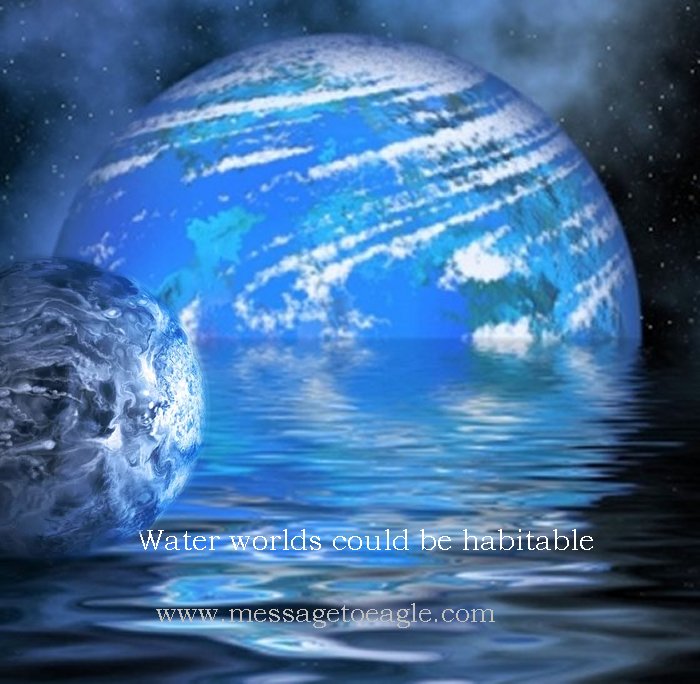MessageToEagle.com – Water worlds could be habitable, a new study from the University of Chicago and Pennsylvania State University suggests.
It has been assumed that planets covered in a deep ocean would not support the cycling of minerals and gases that keeps the climate stable on Earth, and thus wouldn’t be friendly to life.
“This really pushes back against the idea you need an Earth clone—that is, a planet with some land and a shallow ocean,” said Edwin Kite, assistant professor of geophysical sciences at UChicago and lead author of the study.
Many exoplanets have been discovered and some of them are very different from Earth and some may be covered entirely in water hundreds of miles deep.
Because life needs an extended period to evolve, and because the light and heat on planets can change as their stars age, scientists usually look for planets that have both some water and some way to keep their climates stable over time. This model can be applied to Earth but it doesn’t work on a water world, with deep water covering the rock and suppressing volcanoes, researchers say.
Kite and Penn State coauthor Eric Ford set up a simulation with thousands of randomly generated planets, and tracked the evolution of their climates over billions of years.
“The surprise was that many of them stay stable for more than a billion years, just by luck of the draw,” Kite said. “Our best guess is that it’s on the order of 10 percent of them.”
These lucky planets sit in the right location around their stars. They happened to have the right amount of carbon present, and they don’t have too many minerals and elements from the crust dissolved in the oceans that would pull carbon out of the atmosphere. They have enough water from the start, and they cycle carbon between the atmosphere and ocean only, which in the right concentrations is sufficient to keep things stable.
“How much time a planet has is basically dependent on carbon dioxide and how it’s partitioned between the ocean, atmosphere and rocks in its early years,” said Kite. “It does seem there is a way to keep a planet habitable long-term without the geochemical cycling we see on Earth.”
“The simulations assumed stars that are like our own, but the results are optimistic for red dwarf stars, too,” Kite said. Planets in red dwarf systems are thought to be promising candidates for fostering life because these stars get brighter much more slowly than our sun—giving life a much longer time period to get started.
The same conditions modeled in this paper could be applied to planets around red dwarfs, they said: Theoretically, all you would need is the steady light of a star.
MessageToEagle.com







